Stop birds from ruining plants in your yard — 7 easy tips
Follow this guide to keep your plants safe from pesky birds
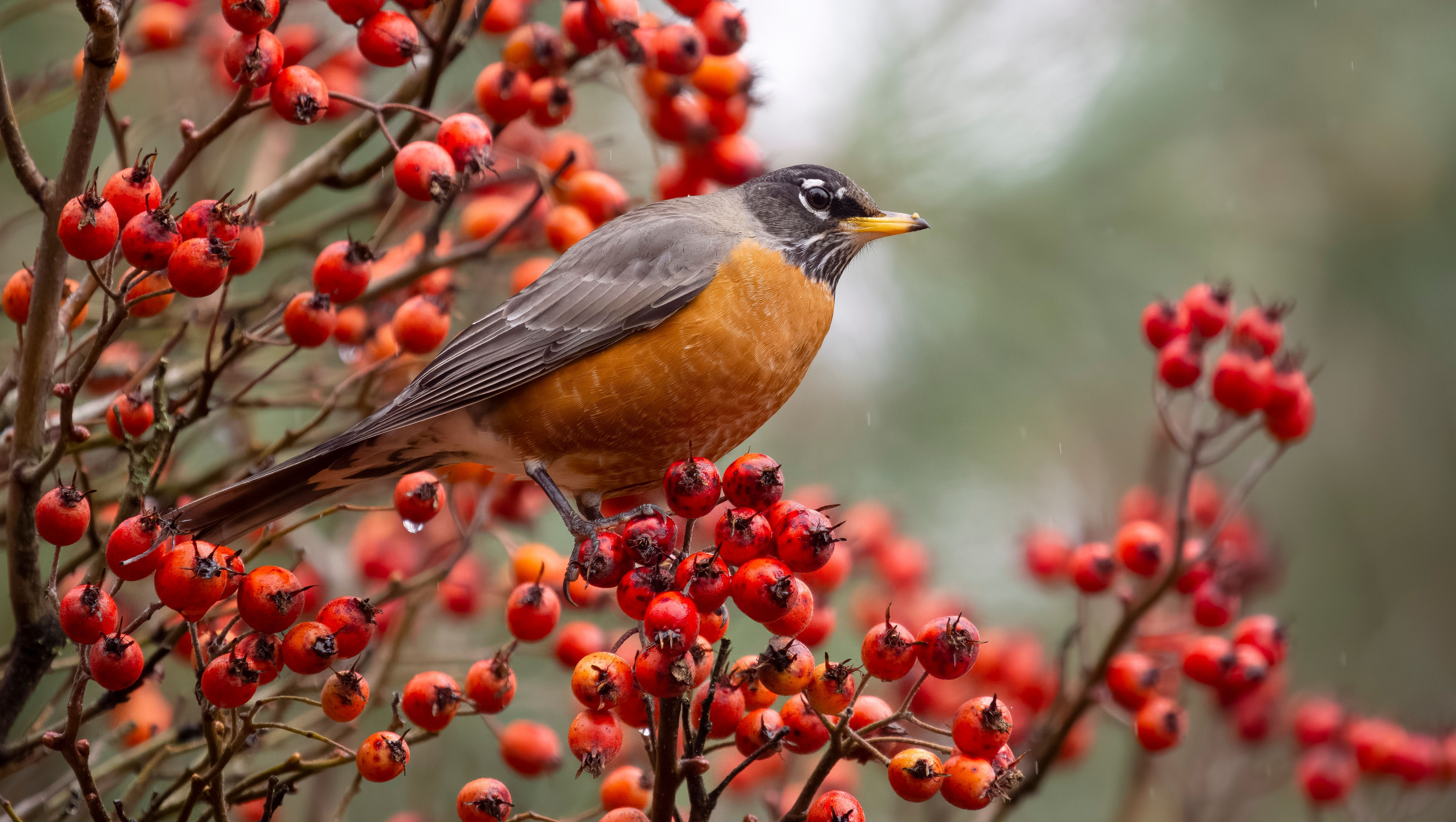
With the summer sun and temperatures ever on the rise, it's the growing season at last. And we're taking every opportunity to grow all kinds of fruits and vegetables in our yard. But, whether you take the time to learn how to grow tomatoes from seeds, or how to prune grapevines, there's one unwelcome visitor that often pays a visit just when your plant is ready to harvest.
Birds are a lovely sight on most days — they are part of a healthy yard, keeping all kinds of pests at bay. In fact, if your yard lacks birds, you're likely attracting rats and mice without knowing it. But, birds can become quite destructive where your plants offer a delicious meal, or even where they get in the way of one. Fresh, upturned soil can offer an abundance of insects, and with seedlings often nearby, birds won't hesitate to peck around.
Luckily there are ways you can deter birds from making a mess of your yard and stealing your anticipated harvest. We’ve rounded up 7 ways to protect your yard from birds, so you can reap the benefits of their presence and avoid any heartbreak.
1. Mesh netting
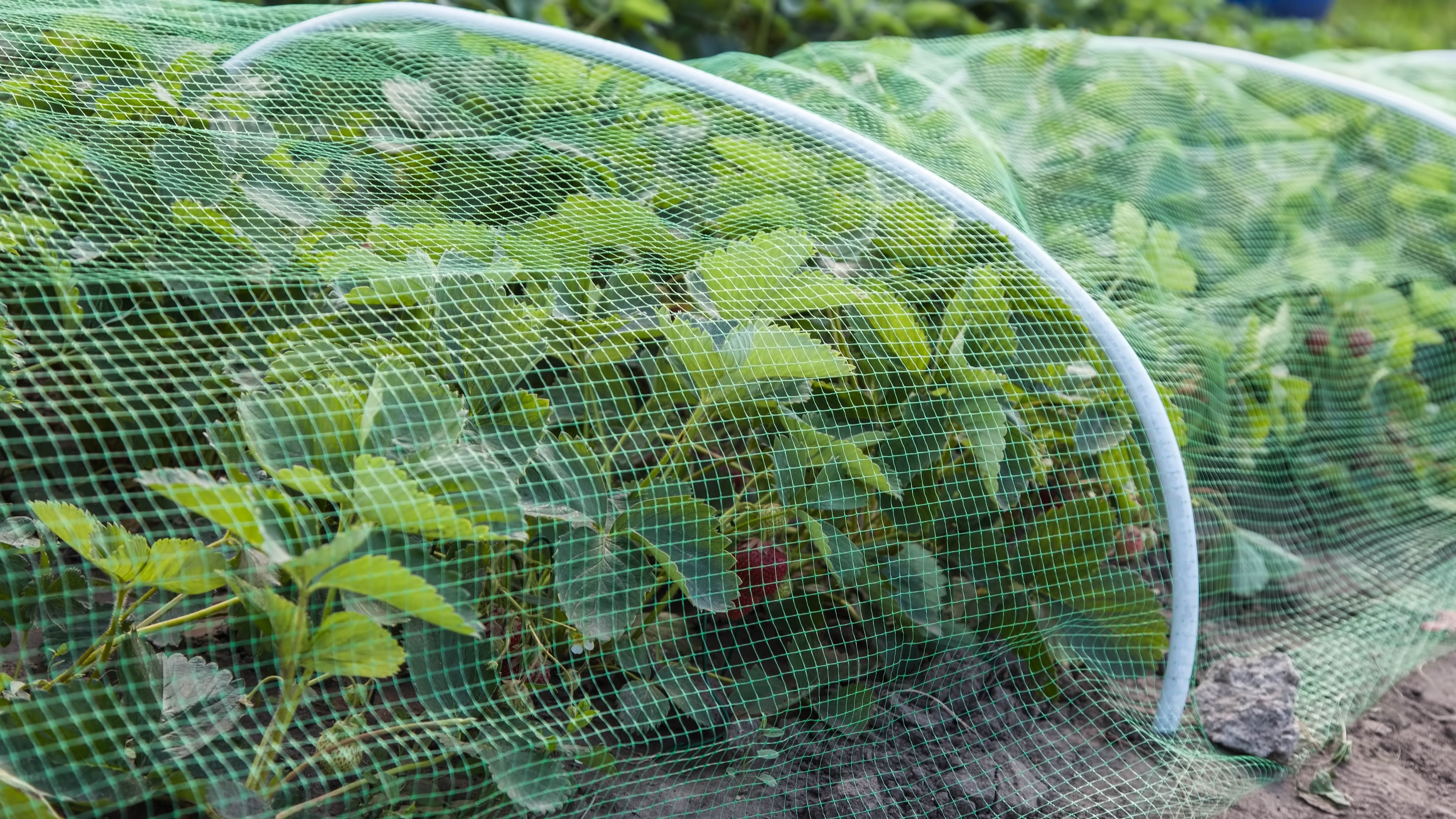
One of the most obvious methods of protecting your plants is taking advantage of mesh netting. This provides an immediate barrier and prevents birds from pecking away at ripe fruits and vegetables. An example would be this Garden Netting Pest Barrier ($26.99, Amazon). The mesh should let enough sunlight, water and air through that you can leave it in place on your plants.
Make sure your netting is sealed down so that it can’t be displaced by the wind, and to prevent any birds from getting caught inside. It’s also good practice to have your netting set on a frame rather than loosely draped on your plants — otherwise, birds can still do some damage as they try to reach any food. Don’t buy netting with holes greater than .4 inches, or you could risk harming the birds. Don’t worry — your plant will still receive everything it needs through those tiny holes.
Don’t leave it until the last minute to apply a mesh netting. The birds will be keeping an eye on the harvest as much as you, and as soon as the fruit is ripe, they will make their presence known. Remember that birds will peck at seeds as much as anything else, so your seedlings could benefit from mesh netting from the start.
2. Fake predators
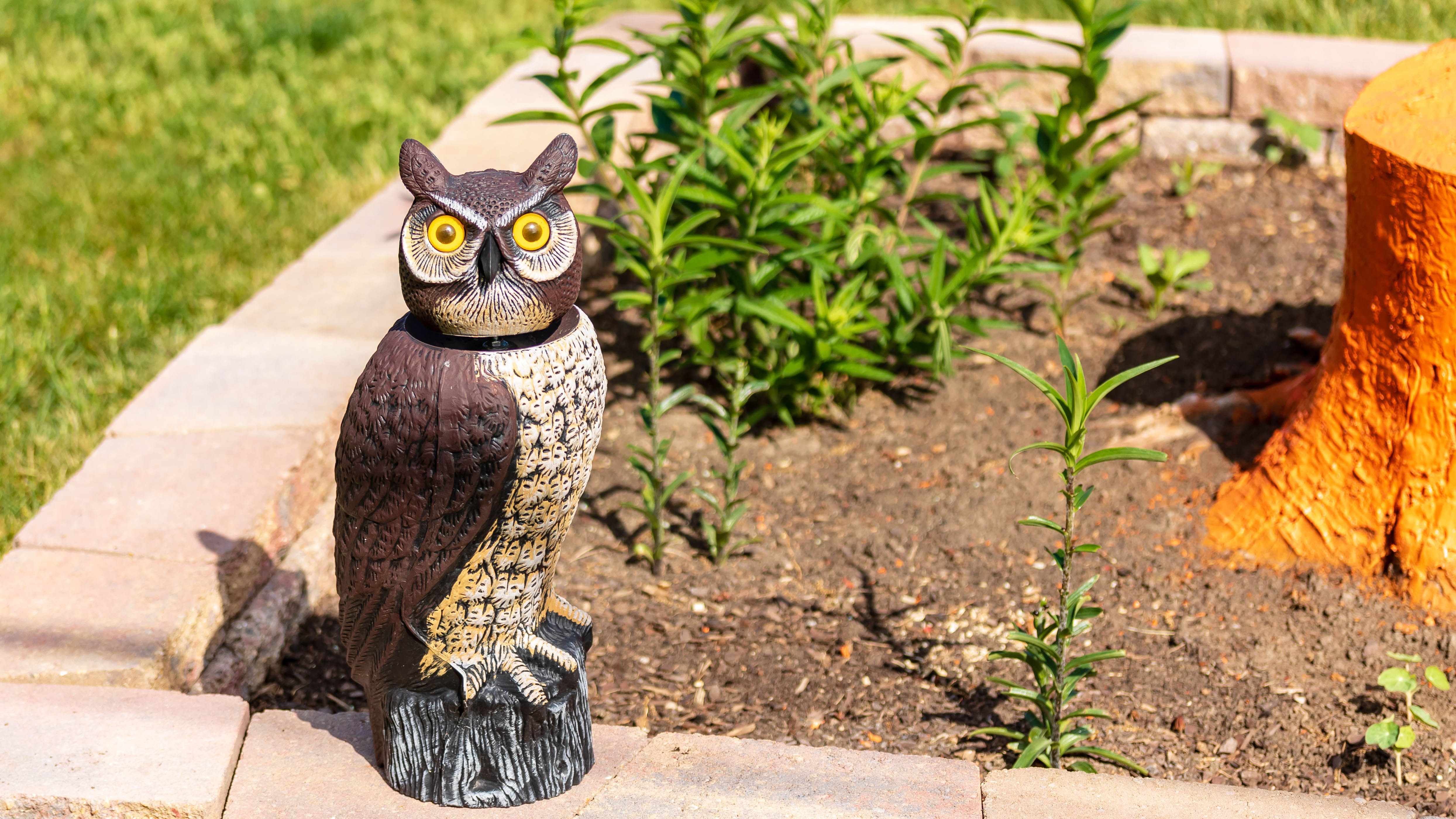
Birds are wary of predators in any yard, so if your crops are guarded by a few well-placed decoys, this can really help keep them at bay. Fake cats, owls and even coyotes are available, an example being this Besmon Bird Owl ($24.99, Amazon). It helps if the decoy you use can move or react in some way to keep it life-like, for instance with a moving head. You should also relocate it regularly so birds don’t get used to its presence.
Sign up to get the BEST of Tom's Guide direct to your inbox.
Get instant access to breaking news, the hottest reviews, great deals and helpful tips.
Of course, if you have an actual cat or dog at home, it can work wonders for keeping birds away as well. Let it mark its territory in your yard and do the rounds regularly so birds are aware that it’s at home.
3. Grow plants birds don’t like
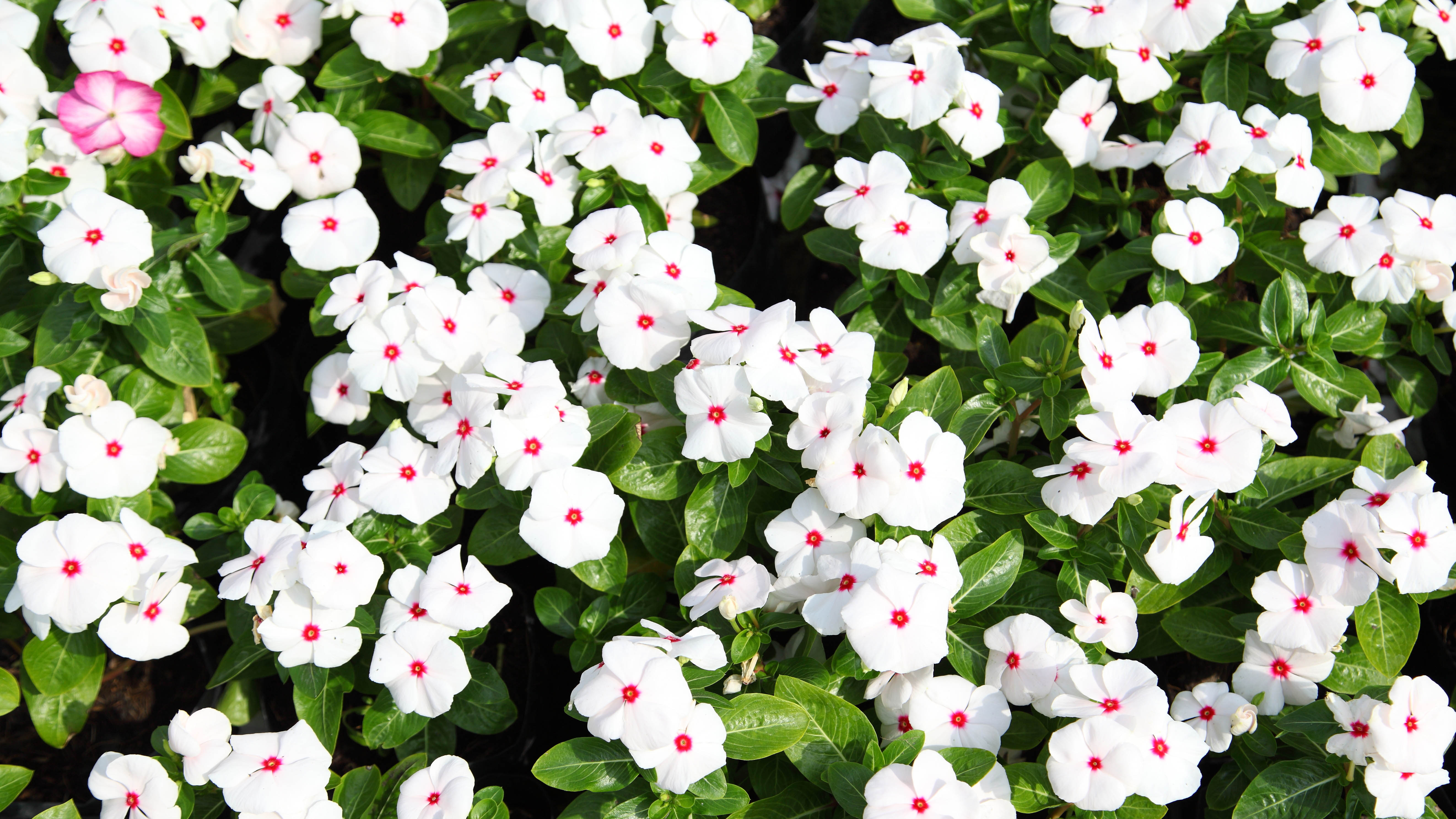
If birds just won’t leave your yard alone, you can try growing plants that deter them naturally. Certain colors and scents ward off different types of bird, so depending on your guest, you can find a natural solution. The color white, in particular, is known to represent danger to birds, so planting a lot of white flowers around your crop could lend a hand in protecting them. Bright colors in comparison can attract birds. So maybe check what you’re growing and make amends so it's less appealing.
Certain strong-smelling flowers are disliked by some birds as well, including lavender, garlic, eucalyptus and lemongrass. In fact, such plants can deter other pests — they’re some of the 7 plants that keep mice and rats from invading your home.
4. Alternative food source
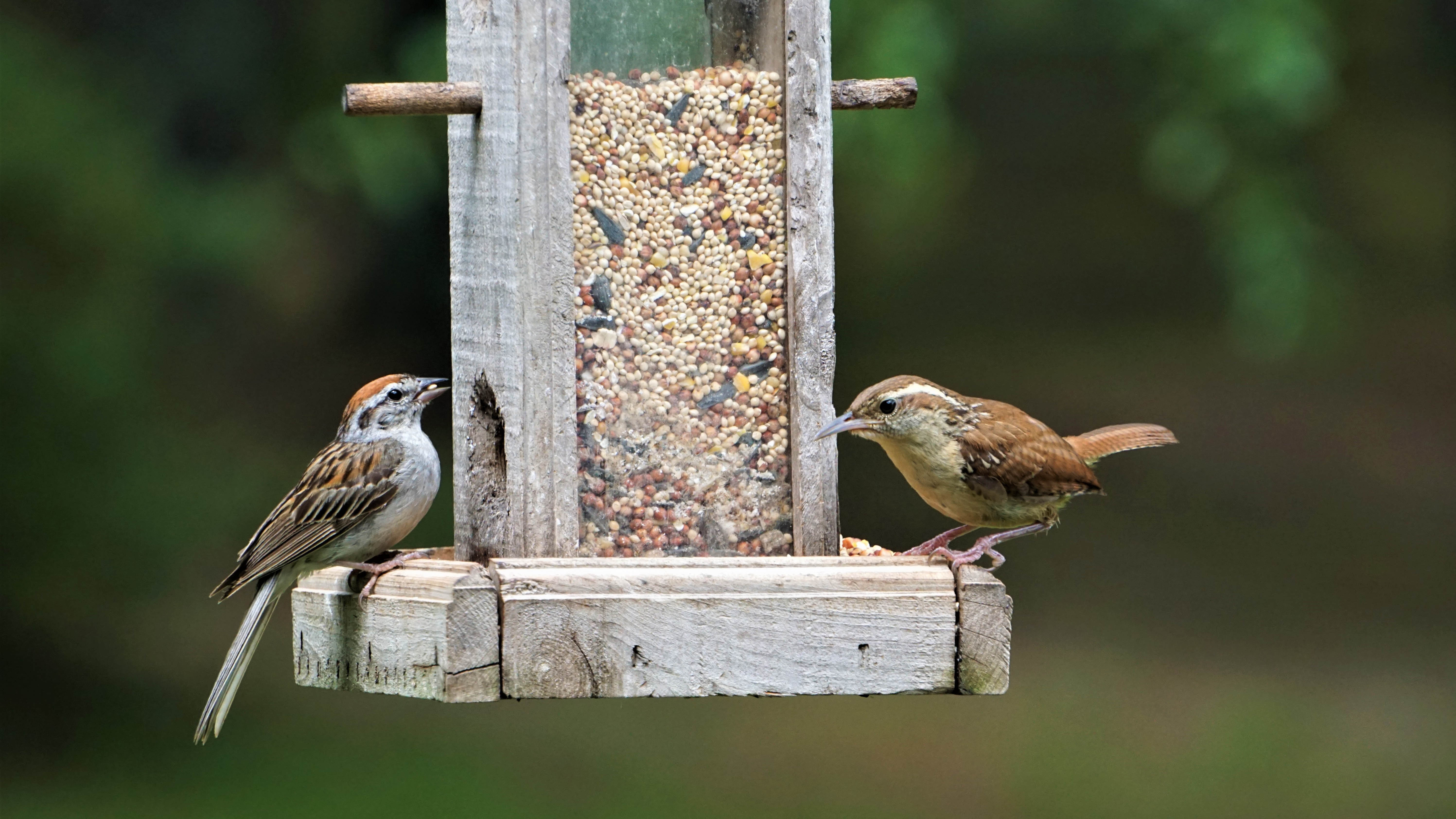
If the birds are hungry, why not feed them? By putting up a dedicated bird feeder, the birds will have access to an alternative and more obvious food source in your yard, and they’re more likely to leave your plants alone. Plus, this way you know they’re getting the necessary nutrients and protein in what they eat.
Make sure your bird feeder is squirrel-proof, otherwise these can lead to further pest problems. A good example is the Perky-Pet 336-1SR Squirrel-Be-Gone Bird Feeder, ($24.97, Amazon). Should any bird seed spill, clear it up as soon as possible — rats and mice will pay a visit if not. Finally, don’t forget that the seed will need to be replaced every 5-7 days. Any longer than this and the seed can grow mold and bacteria.
5. Ultrasonic repeller
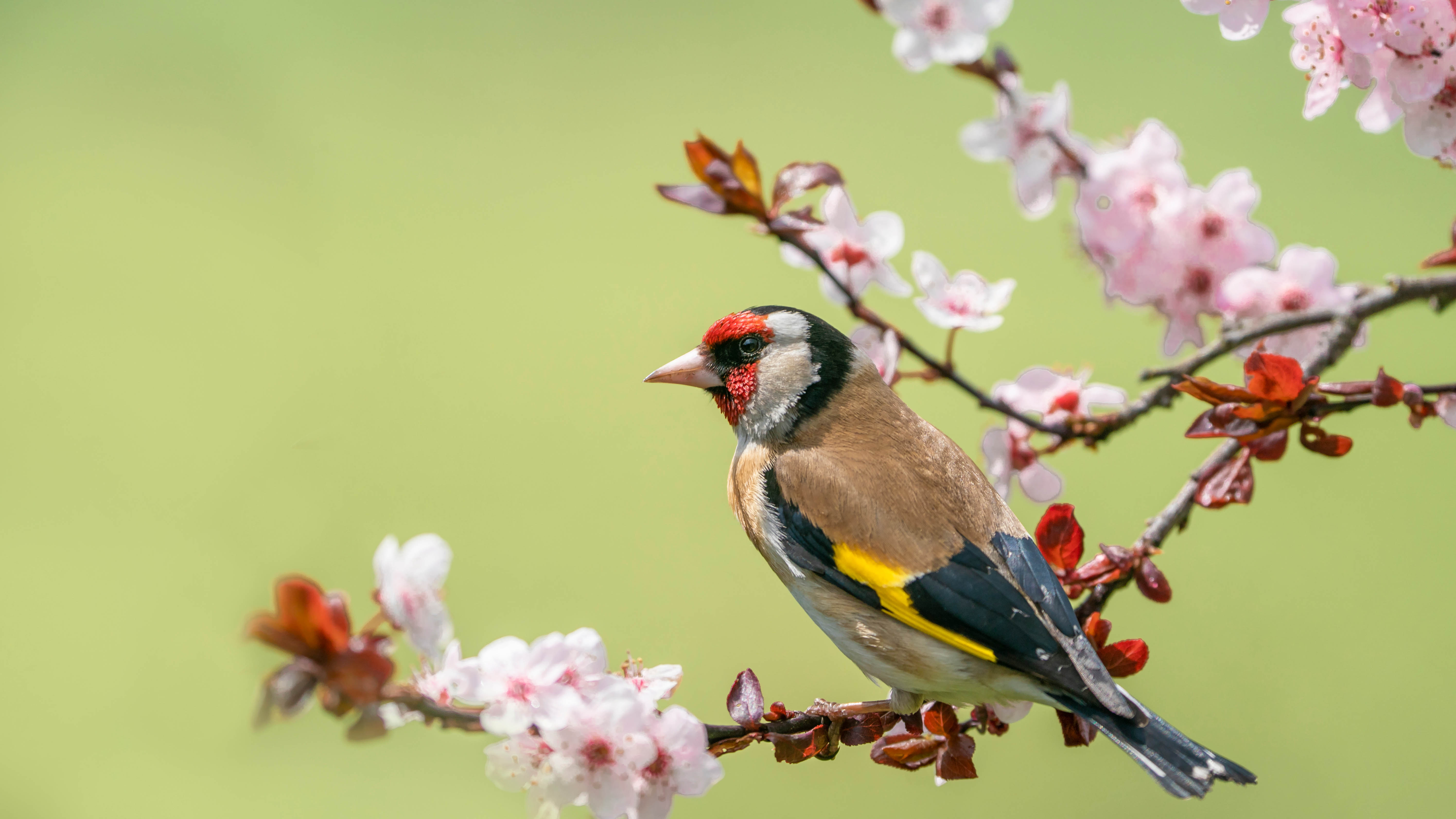
Ultrasonic repellers keep birds at bay by emitting a high frequency sound that they find discomforting. They’re used in deterring all kinds of pests, including moles, chipmunks and squirrels. An example would be the PGFIT Ultrasonic Animal Repellent ($34.99, Amazon). These tend to be staked into the ground and can be motion activated, featuring LED flashing lights.
However, keep in mind that birds are no bad thing for your yard. They’re a natural pest repeller when it comes to mosquitoes and spiders, plus certain species can pollinate your flowers. Only use ultrasonic repellers in areas where crops are under threat from birds — do not repel them where it’s unnecessary.
6. Wooden spikes
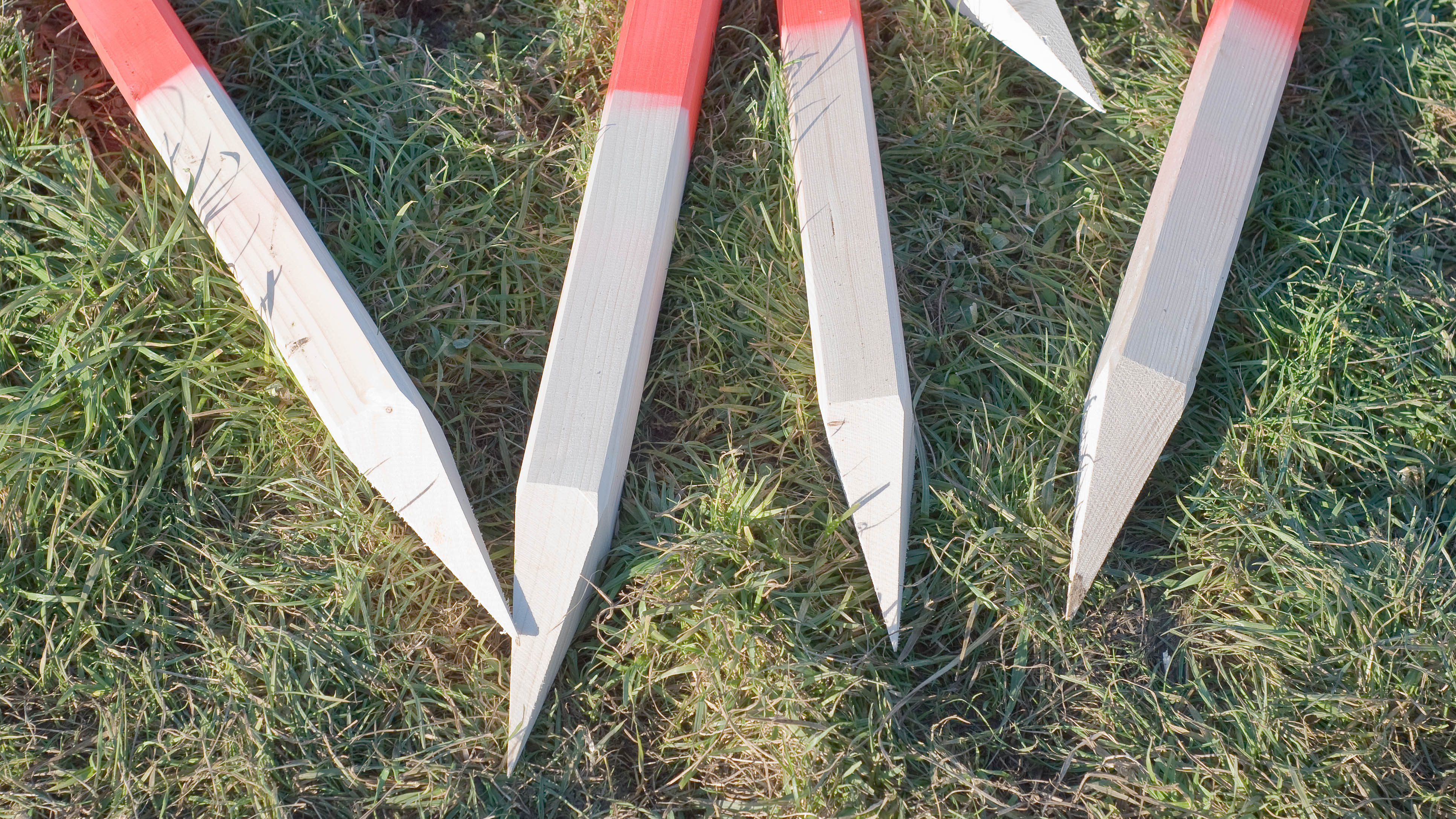
Most birds will land before they start to peck away at any enticing berries, or before they dig through the soil. If the ground is unsuitable to land on, this makes the meal difficult to access. One way to do this is by placing small wooden spikes in the ground surrounding your plants and seedlings. While this may be less effective for smaller birds, larger varieties will find such spikes tricky to navigate.
An example of this would be these Universal Forest 1334 1"x2"x12" Grading Stakes ($19.99, Amazon), but there’s a wide range of household substitutes you can use, such as wooden cutlery or just sticks you find naturally in the yard. Make sure your spikes are well-buried and stable, so the wind won't dislodge them.
7. Reflective items
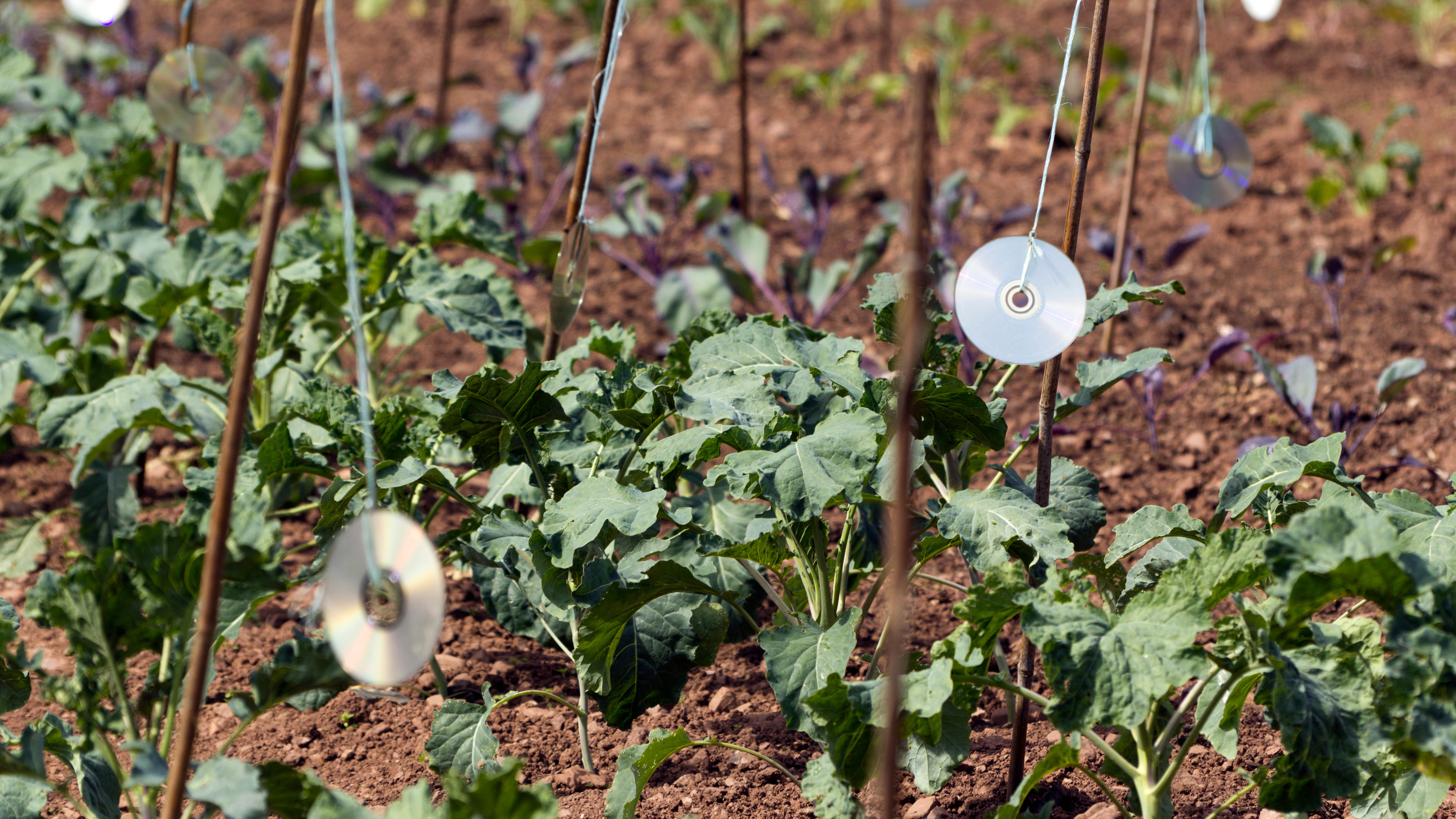
Birds don’t like reflective surfaces. As the wind moves the object and the sun reflects and flashes back, it disconcerts the birds and puts them off landing. So, a few well-placed mirror-like surfaces can make all the difference to your precious plants. You can take advantage of this solution with items such as this Premium Quality Bird Deterrent Reflective Scare Tape ($13.40. Amazon).
Alternatively, you can craft your own deterrent using tin foil, aluminum cans or CDs. Whatever you use, just make sure it's light enough to rotate or move freely in the wind.
More from Tom's Guide

Katie Mortram used to be a Homes Editor for Tom's Guide, where she oversaw everything from kitchen appliances to gardening tools, as well as smart home tech. Specializing in providing expert advice for cleaning and home manintenance, she now works as Household Advice Editor for Good Housekeeping.
